-
 UsedSram NX Eagle crankset 12s 175 mm used
UsedSram NX Eagle crankset 12s 175 mm used- €48.99
-
 New product -40%Sram NX Eagle crankset 12s 175 mm
New product -40%Sram NX Eagle crankset 12s 175 mm- €77.99
- €129.99
-
 UsedLeft crank Shimano Deore FC-M510 175 mm
UsedLeft crank Shimano Deore FC-M510 175 mm- €9.99
-
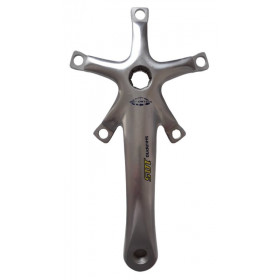 New productRight crank Shimano Shimano 105 FC-5501 170 mm
New productRight crank Shimano Shimano 105 FC-5501 170 mm- €12.99
-
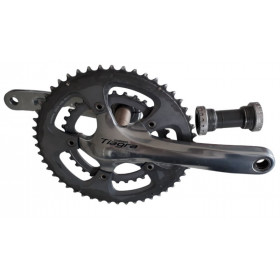 UsedShimano Tiagra crankset FC-4650 50-34
UsedShimano Tiagra crankset FC-4650 50-34- €59.99
-
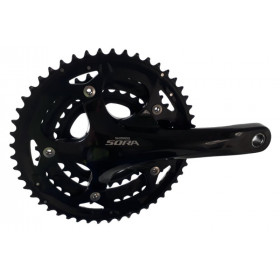 UsedShimano Sora right crank triple FC-3503 50-39-30
UsedShimano Sora right crank triple FC-3503 50-39-30- €34.99
-
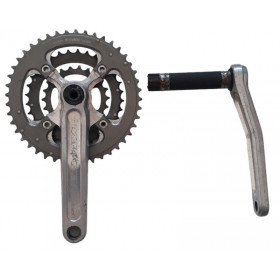 UsedRace Face Deus XC crankset 175 mm triple
UsedRace Face Deus XC crankset 175 mm triple- €24.99
-
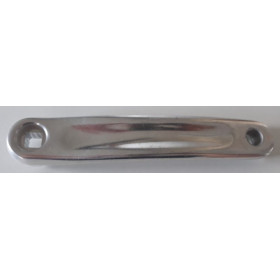 New productLeft crank 170 mm square
New productLeft crank 170 mm square- €8.99
-
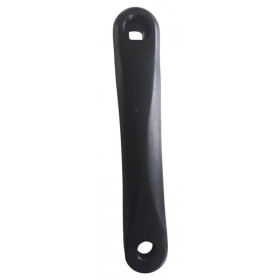 New productAluminium left crank 170mm
New productAluminium left crank 170mm- €9.99
-
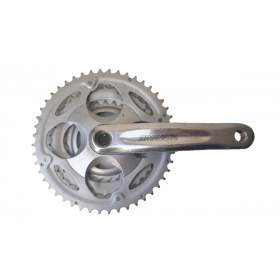 UsedRight crank SR Suntour 170 mm
UsedRight crank SR Suntour 170 mm- €9.99
-
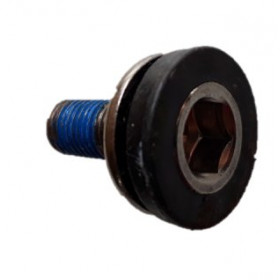 New productScrew for crank axle square
New productScrew for crank axle square- €2.99
-
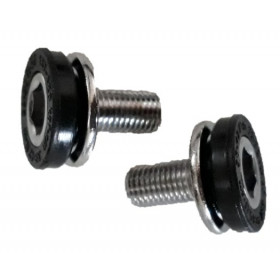 New product2 screws for cranks axle square
New product2 screws for cranks axle square- €4.49
-
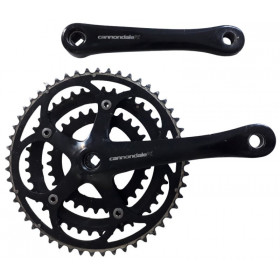 UsedCannondale PX crankset 172.5 mm
UsedCannondale PX crankset 172.5 mm- €34.99
-
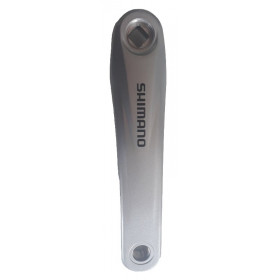 New productLeft crank Shimano FC-M391 170 mm
New productLeft crank Shimano FC-M391 170 mm- €38.99
-
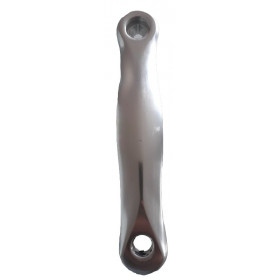 New productBicycle left crank Atoo square 170 mm
New productBicycle left crank Atoo square 170 mm- €8.99
-
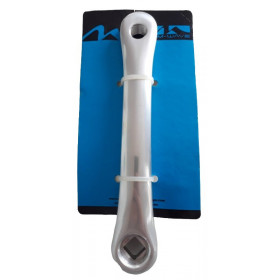 New productBicycle left crank square 170 mm M-wave
New productBicycle left crank square 170 mm M-wave- €8.99
-
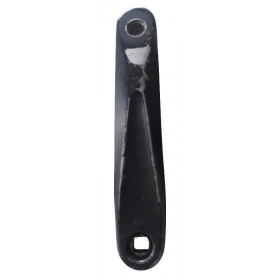 UsedLeft crank FSA 170 mm
UsedLeft crank FSA 170 mm- €4.99
-
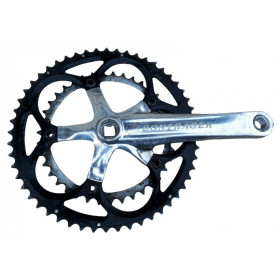 UsedRight crank Bontrager 175 mm
UsedRight crank Bontrager 175 mm- €6.99
-
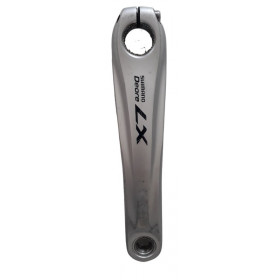 UsedLeft crank Shimano Deore LX FC-T661 170 mm
UsedLeft crank Shimano Deore LX FC-T661 170 mm- €17.99
-
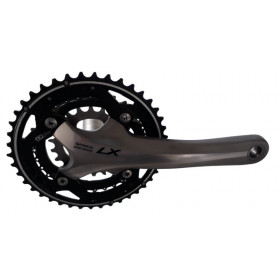 New productRight crank Shimano Deore LX FC-T671 175 mm 22, 32 and 42 teeth
New productRight crank Shimano Deore LX FC-T671 175 mm 22, 32 and 42 teeth- €69.99
-
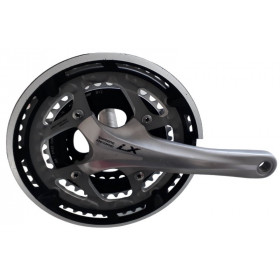 New productRight crank Shimano Deore LX FC-T671 175 mm 26, 36 and 48 teeth
New productRight crank Shimano Deore LX FC-T671 175 mm 26, 36 and 48 teeth- €69.99
-
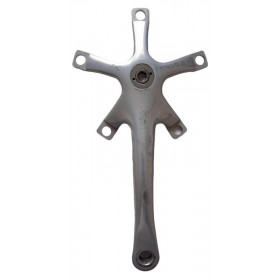 UsedRight crank Stronglight Speedlight 177.5 mm
UsedRight crank Stronglight Speedlight 177.5 mm- €14.99
-
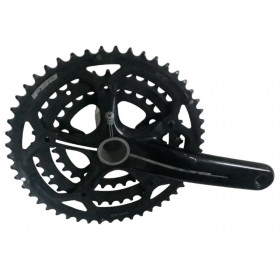 UsedFSA Gossamer right triple crank 172.5 mm BB30
UsedFSA Gossamer right triple crank 172.5 mm BB30- €19.99
-
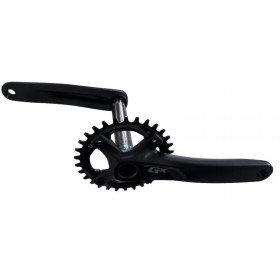 New product -31%Sram gx 1000 X-SYNC crankset fat bike gxp 11s 30 teeth
New product -31%Sram gx 1000 X-SYNC crankset fat bike gxp 11s 30 teeth- €106.25
- €153.99
Showing 1-24 of 24 item(s)
The crankset of a touring bike is an essential component that includes the chainrings, cranks and bottom bracket axle. Here is its function and main characteristics:
Function :
The main function of the crankset of a touring bike is to convert the rotational movement exerted by the rider's legs into the rotational movement of the rear wheel, thus propelling the bicycle forward. It also ensures the transmission of pedaling power to the chain, which in turn transfers this energy to the rear wheel sprockets.
Features :
1. Chainrings:
Touring bikes typically come with two- or three-chainring cranksets, which provide a varied gear range to suit different types of terrain. The chainrings can be of different sizes to allow the rider to choose an appropriate gear ratio depending on the slope of the road or path.
2. Cranks:
The cranks are the arms of the crankset to which the pedals are attached. They can be of different lengths to suit the rider's height and pedaling feel preferences. Longer cranks can provide additional leverage for more efficient pedaling, while shorter cranks can provide better ground clearance on technical terrain.
3. Bottom bracket axle:
The bottom bracket spindle is the central element of the crankset that connects the cranks and chainrings. There are different bottom bracket axle standards, such as square axles, spline axles, hollow axles and integrated axles, which determine compatibility with the bike frame and bearings used.
4. Materials:
Touring bike cranksets are generally made of aluminum, steel or carbon to ensure lightness, rigidity and durability. The choice of materials can also affect the cost and overall performance of the crankset.
In summary, a touring bike's crankset converts the rotational motion of the rider's legs into the rotational motion of the rear wheel, while providing a varied range of speeds through its multiple chainrings. It is designed to be both robust, lightweight and compatible with the specific needs of cycling.
